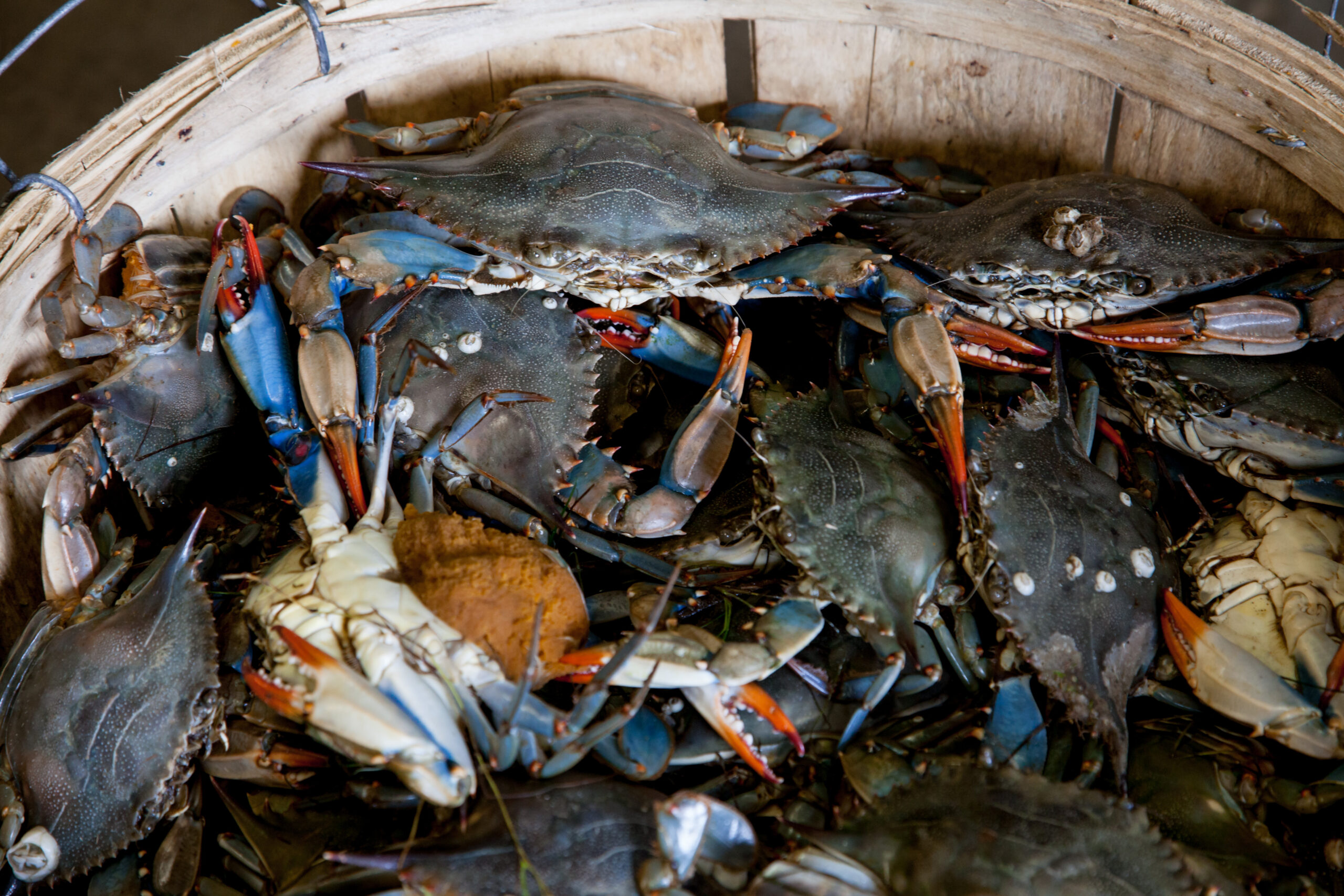The salmon was anesthetized, but not enough. It lay still as a doctoral student scraped mucus from its side. But when a lab assistant snipped its tail, the fish aggressively jerked, nearly flying off a metal scale. Yonathan Zohar, a professor of marine biotechnology who has likened himself to an OB-GYN for fish, used both hands to hold it down. “This is NOT the Aquarium,” reads a sign at the building’s entrance where Zohar performs his work. Unlike the National Aquarium — which also houses aquatic life and sits just next door along the city’s Inner Harbor — the Institute of Marine and Environmental Technology, part of the University System of Maryland, is closed to the public. On the ground floor, behind several doors that need a keycard to enter, is an 18,000-square-foot floor laboratory that’s changing the face of the global seafood industry.
Baltimore scientists are changing the face of aquaculture. Are farm-raised blue crabs next?
November 8, 2022
